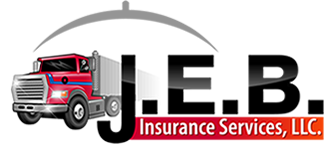In the rear-end collision, the second vehicle that collides into the vehicle in front is usually at fault. However, there are exceptions to this such as when a car cuts off a truck in stop-and-go interstate traffic or when the car misjudges the truck’s speed and pulls out in front of it from a side road.
How does the commercial or owner operator truck driver cope with this? By driving more defensively and learning to anticipate these kinds of situations. He should also drive at a speed appropriate for the weather and road conditions, and allow plenty of following space. When a truck rear-ends a car, the consequences are often grim for the occupants of the car and sometimes for the truck driver whose rig may go out of control as a result. In addition to staying alert and focused, you should recognize and be prepared for situations where rear-end collisions are likely to occur:
- Roadside incidents and lane mergers. Roadside incidents such as an accident or a car pulled over by the police, invariably cause motorists to slow down and gawk. This will cause interstate traffic to rapidly decelerate and may require you to do the same if you have insufficient following space. Lane mergers also cause sudden traffic slowdowns. Look well ahead for roadside events and lane mergers, and slow down before the cars in front hit their brakes.
- Blind exit ramps. Some exit ramps have blind corners, often because they are blasted through rock. The problem is that you can be rounding such a corner and find yourself about to collide with backed up traffic. Never assume the coast is clear when rounding blind corners.
- Traffic waves. Sometimes interstate traffic moving at 65 mph will suddenly slow down and turn into stop and go traffic for no apparent reason. This phenomenon is also referred to as the slinky or accordion effect. This is caused by a previous traffic disruption that is now long gone. When cars suddenly brake because of a police car or other roadside incident, the cars behind them also brake. When the cars speed up again, they don’t do so all at once but instead wait until there is enough empty road space in front before they speed up. This produces an accordion effect that can affect traffic behind it for miles. Traffic waves occur in heavy traffic. When the commercial or owner operator truck driver is driving in heavy traffic at high-speed, he should be ready for sudden traffic slowdowns.
- Side road intersections. When approaching side roads, look for cars that are trying to pull into traffic. Be prepared for one of them to cut you off.
Despite your best efforts, sometimes an accident can happen. That’s why insurance is so important. Contact us at J.E.B. Insurance Services, LLC for information on commercial or owner operator truck insurance in South Carolina.


